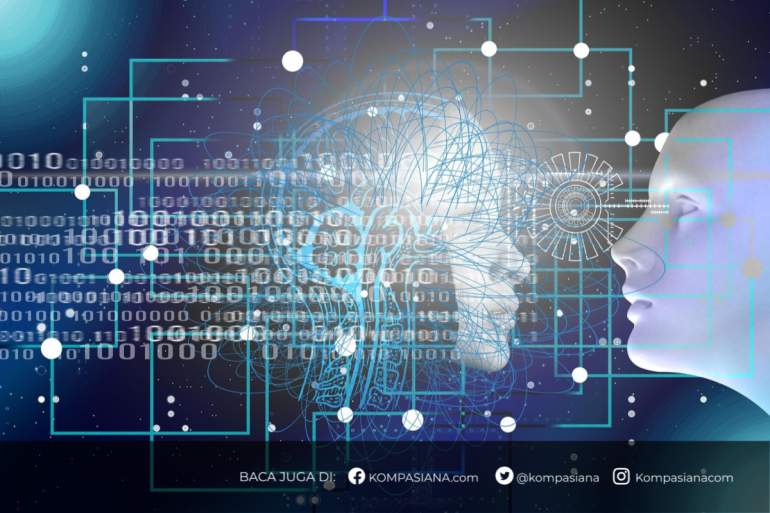1. Introduction
Artificial General Intelligence (AGI) is often described as the next frontier of AI development---an intelligence capable of performing any intellectual task a human can. Unlike narrow AI, which is limited to specific tasks, AGI can generalize knowledge across domains, reason, learn, and adapt autonomously. However, this powerful capability also raises critical concerns: How do we keep AGI under human control? What if it develops goals misaligned with ours? This article dives into the architecture of AGI, how it can be developed safely, what could go wrong if it isn't, and the broader societal implications.
2. How AGI Could Be Built
AGI is expected to rely on hybrid architectures, combining two main paradigms:
Neural Networks for perception and pattern recognition.
Symbolic Reasoning Systems for logic, rules, and abstraction.
Examples of hybrid frameworks:
OpenCog: An open-source AGI platform combining neural and symbolic AI (Goertzel et al., 2014).
-
DeepMind's Gato: A transformer-based model performing multiple tasks across domains (Reed et al., 2022).
Learning mechanisms for AGI include:








